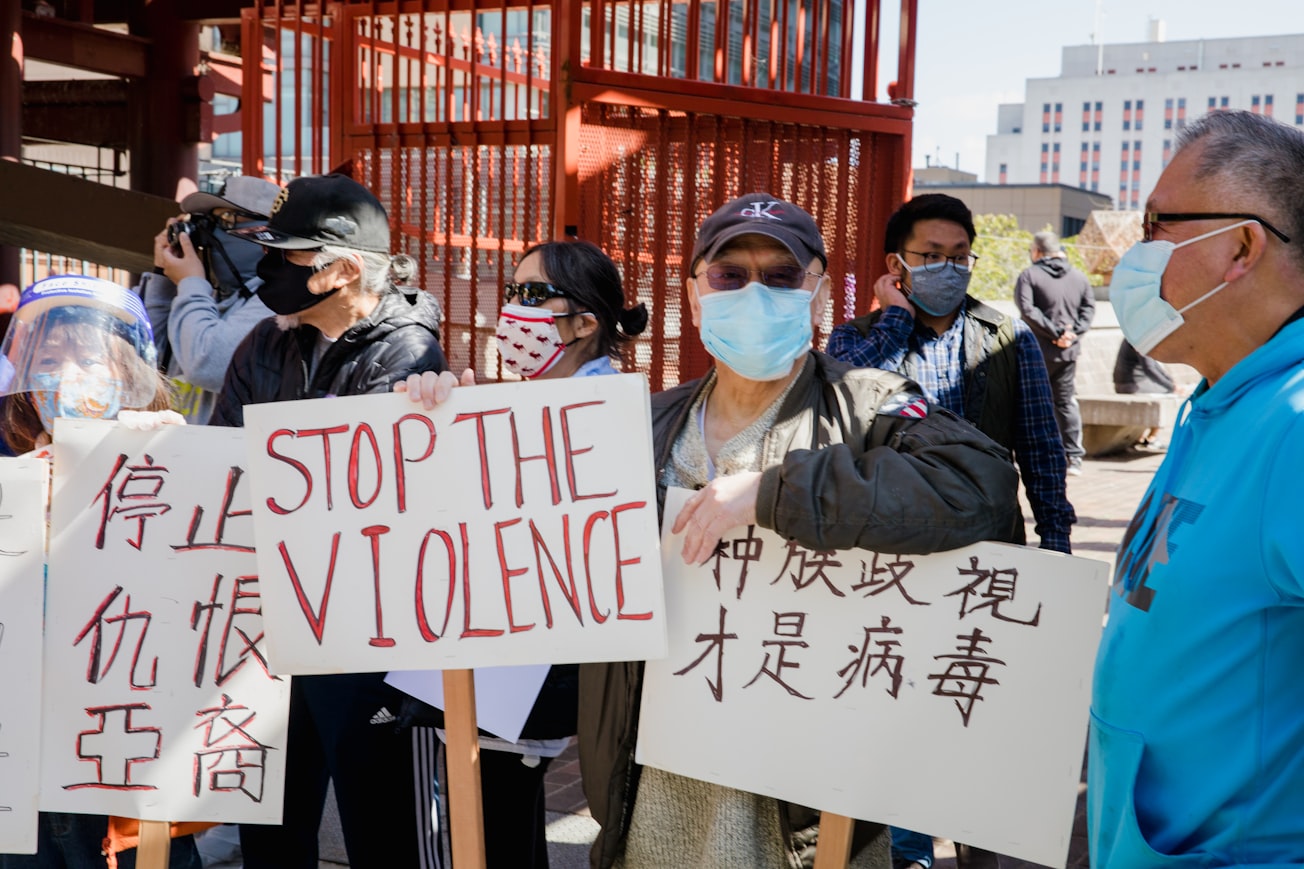What is it about?
Asian Americans and Pacific Islanders (AAPI) are often lumped into one large group. Yet the AAPI category is extremely diverse: different AAPI ethnic groups have hugely different histories of immigration, average levels of income and education, experiences with racism, and, potentially, interactions with law enforcement. We calculated how often different API ethnic groups were killed by police from 2013-2019. We found that Pacific Islanders had high rates of being killed by police, on par with Native Americans and Black Americans; Southeast Asian Americans also experienced higher rates than East and South Asian Americans.
Featured Image

Photo by Jason Leung on Unsplash
Why is it important?
Asian Americans and Pacific Islanders, when lumped into a single category, appear to be killed by police less often than other racial/ethnic groups. We show that lumping AAPI groups together hides how varied their experiences actually are, such that high rates of lethal police violence against Pacific Islander and several Southeast Asian American groups are made invisible (and thus rarely discussed by the media or public health researchers).
Perspectives
Police violence against Asian Americans and Pacific Islanders is a public health problem that affects whole communities. Policy changes like investing in social support programs, enacting universal healthcare, or sending unarmed crisis response teams to 911 calls for mental health concerns instead of police, would all help lower the chances that police interact with civilians due to unmet financial or mental health needs. These changes would help save AAPI lives - especially among Pacific Islanders and several Southeast Asian groups.
Gabriel Schwartz
University of California San Francisco
Read the Original
This page is a summary of: Disaggregating Asian American and Pacific Islander Risk of Fatal Police Violence, PLoS ONE, October 2022, PLOS,
DOI: 10.1371/journal.pone.0274745.
You can read the full text:
Contributors
The following have contributed to this page










